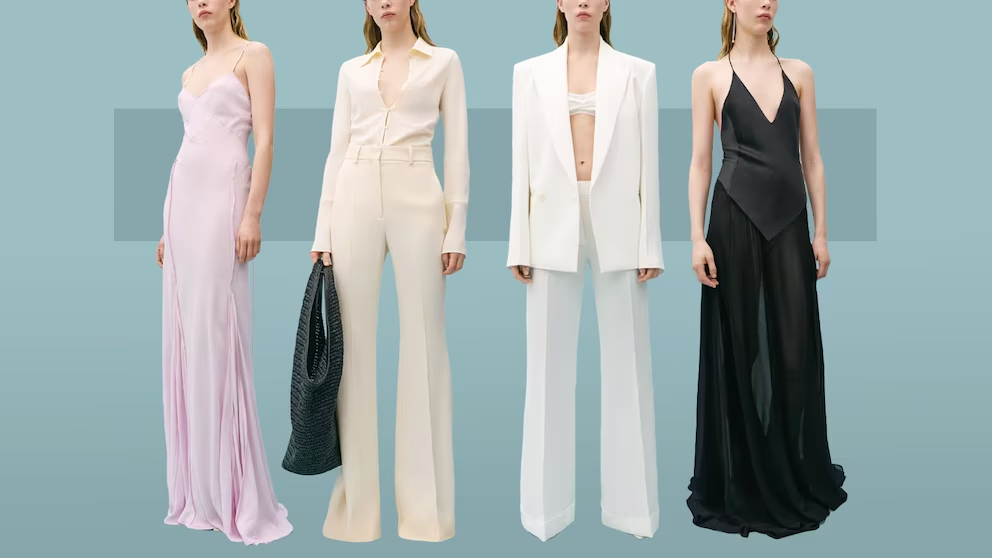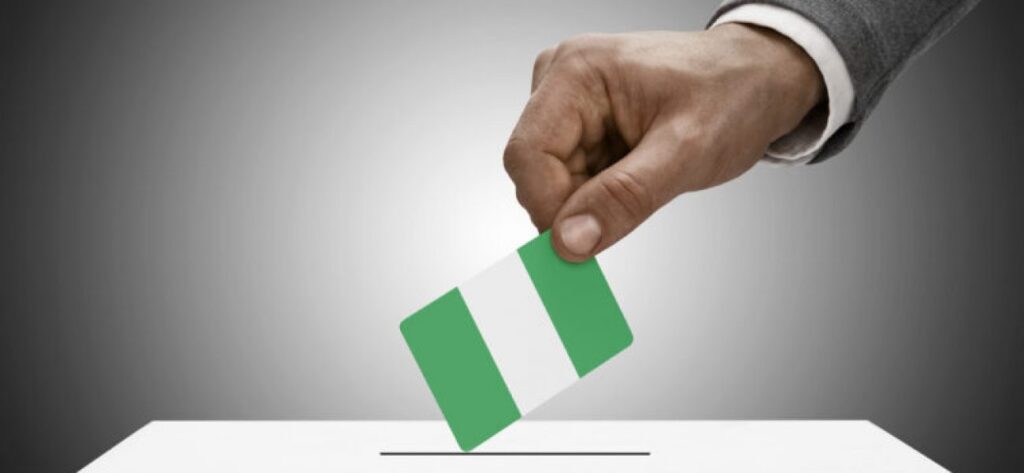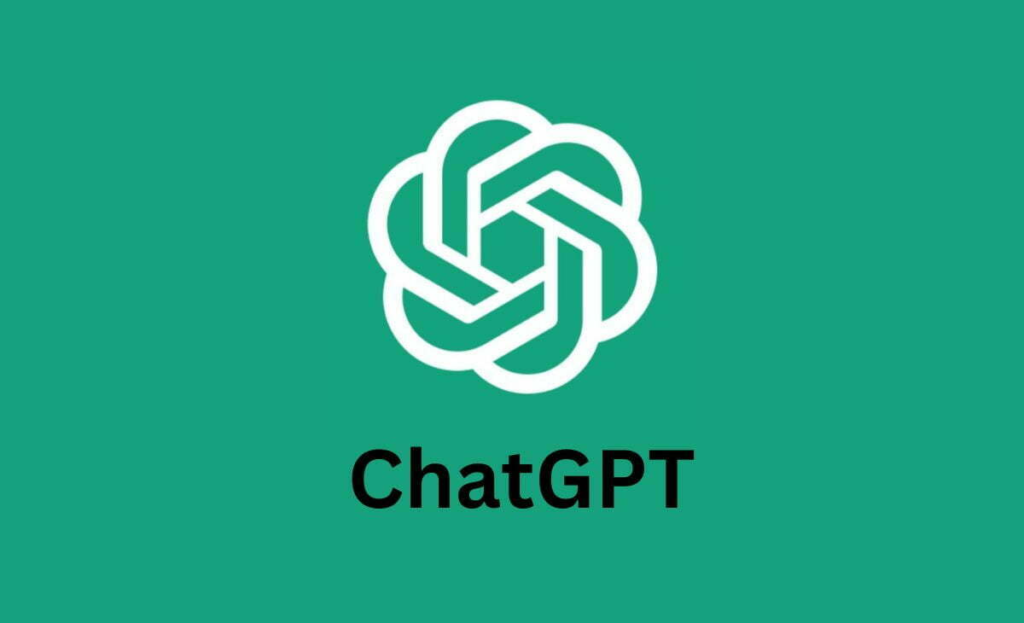What US military aid suspension means for Ukraine’s soldiers

The Trump administration’s decision to halt US military-technical assistance and the uncertainty around continued intelligence sharing with Kyiv will have consequences that take time to be fully felt. The measures will not cause a rapid deterioration of Ukraine’s ability to resist, but will incur a cost in the lives of Ukrainian soldiers and civilians. They also do nothing to shift the strategic calculus for Kyiv, whose reluctance to accept an American deal on any terms reflects the existential stakes for which President Volodymyr Zelenskyy is negotiating. The US has been the biggest single military donor to Ukraine. Over the course of the war, US support has expanded to encompass a broad range of capabilities. America made geospatial imagery available to Kyiv early on in the conflict. The loss of this will significantly reduce the tempo of long-range strikes against the Russian military and the accuracy and effectiveness of strikes against both military and strategic targets. The reduced attrition on Russian forces and infrastructure will not have an immediate impact, but it will allow Russia to accumulate more systems to attack Ukraine nearer its borders over time. The US has also routinely provided Ukraine with electromagnetic surveys of the battlefield. These are vital for planning medium and long-range drone operations, helping Ukraine to understand the areas and frequencies affected by Russian jamming of navigation and control frequencies. This may have a more immediate impact than the loss of satellite imagery because Ukrainian forces have been using drones to compensate for their disadvantages in artillery and air power. The loss of this data is likely to impinge upon their efficiency. Another category of assistance that could have been lost so long as intelligence sharing is severed is early warning of Russian long-range strikes. This will reduce the time available for Ukraine to bring its air defences up to readiness. As a result, a higher proportion of Russia’s long-range strikes will reach their targets and Ukraine will expend more air defence interceptors — already in short supply — on trying to defeat its missiles. The loss of military-technical assistance will also have several results. The US provides a significant proportion of Ukraine’s artillery ammunition and other weapons. The loss of these will not be immediately felt because Ukraine will first draw on reserves. Over time, however, the Ukrainian armed forces will need to ration their rate of fire to reflect whatever volume of supply can be assured by European partners. This will allow Russia to close in on Ukraine’s defences and cause an increase in Ukrainian casualties as well as loss of ground. A very serious loss will be that of access to maintenance for US weapons. Large portions of Ukraine’s military equipment, from M777 howitzers to armoured vehicles such as the MaxxPro MRAPs, are manufactured by US companies and have spare parts that only they can provide. If Ukraine is cut off from such support — it is not yet clear whether the US will allow Europe to procure spares — the result will be the progressive de-mechanisation of Ukraine’s forces. This would have a major impact by the summer. The suspension of US assistance comes at the cost of Ukrainian lives. Ukraine’s army has some ability to adjust and, in collaboration with European partners, compensate for deficiencies. The issue for Kyiv is that while little-to-no American support will make the protraction of the conflict more painful, accepting a US deal without any longer-term guarantees risks the eventual subjugation of the country by Russia. Fighting while talking is vital for Ukraine, and US coercion does not change that fact. Given that Ukraine will keep fighting — potentially in defiance of the US — the risk is that the Trump administration continues to apply leverage. They could next shut down Elon Musk’s satellite-powered internet provider Starlink, seriously disrupting Ukrainian command and control. The challenge for both Ukraine and its European allies is that it is not clear whether the US president cares about the collapse of the Ukrainian frontline. The Trump administration has made it clear that it wants Europe to manage European security — if the fall of Ukraine brings about this shift, then the US may well see it as a strategic success. The White House may prefer to win plaudits for achieving a peace — albeit on unnecessarily unfavourable terms to Kyiv — but it is equally possible that the US will settle for a Ukrainian defeat, which it will squarely blame on Zelenskyy. Jack Watling The writer is senior research fellow for land warfare at the Royal United Services Institute think-tank and has worked extensively in Ukraine during Russia’s full-scale invasion Source: Financial Times
Top brand collaboration that drove about internet buzz and sales surge

Brand collaboration Over the years, brands have leveraged collaborations with other brands to create a unique product. Most times, these collaborations have proved more successful than competing with one another. A unique trait about these brand collaborations is that each brand on its own are well-to-do- brand. They are dons in the industry even when they stand on their own. With these brand collaborations, products made are rare collections, in some cases, limited editions with a high market value which causes market frenzy but at the same time gets the right amount of appraisal. With research data from Public Desire, I have curated an article on epic limited-edition brand collaborations and also the successes and failures of these brand collaborations. A recent study by Public Desire identified the top ten most in-demand limited-edition collaborations. The study analyzed factors including original price, resale value, price growth, availability, and public interest. A composite score, based on these factors, was used to rank the collaborations from highest to lowest demand. BMW x Louis Vuitton The BMW x Louis Vuitton collaboration has emerged as the most coveted partnership in the luxury market, achieving a remarkable composite score of 98. This highly exclusive venture resulted in the creation of a limited-edition collection of luxury luggage, instantly transformed into highly desirable collector’s items. The exclusivity of the collection is underscored by its extraordinary resale value, which has soared to nearly eight times its original price. These rare pieces now command an average price of $177,000, a testament to their desirability and scarcity. The partnership also generated significant buzz online, attracting an impressive 6.2 million Google searches – the highest search volume recorded for any collaboration in its category. Adding to its allure, the BMW x Louis Vuitton luggage is virtually unavailable on the resale market, further amplifying its exclusivity. The absence of the collection on the official Louis Vuitton website reinforces its status as a highly sought-after and exceptionally rare commodity, solidifying its place as a pinnacle of luxury collaboration. Brand collaboration- The Chunky Dunky Nike x Ben & Jerry’s Chunky Dunky collection The Nike SB Dunk Low x Ben & Jerry’s “Chunky Dunky” collaboration, a whimsical and highly sought-after sneaker, secured the second spot in the ranking with an impressive composite score of 93. This playful design, inspired by Ben & Jerry’s iconic ice cream flavors, captured the hearts of sneaker enthusiasts and ice cream lovers alike. The “Chunky Dunky” boasts a vibrant color palette and unique details that pay homage to the beloved “Chunky Monkey” ice cream flavor. The upper features a blue sky backdrop with green grassy fields, while cow-print pony hair overlays add a touch of playful texture. The melting yellow Swoosh logo mimics dripping ice cream, and the tongue tag features the “Chunky Dunky” name alongside Nike SB branding. This eye-catching design resonated with sneakerheads, leading to a resale value of approximately $2,700, making it one of the most valuable sneakers on the market. The “Chunky Dunky” also generated significant online buzz, garnering an impressive 4.9 million Google searches, the second-highest search volume among the sneakers analyzed. This high level of interest underscores the popularity and cultural impact of this sweet collaboration. Brand Collaboration-The Gucci x North Face The Gucci x The North Face collaboration has proven to be a resounding success, earning the third spot in overall rankings with an impressive composite score of 90. This high score reflects the collection’s ability to seamlessly blend high-end fashion with practical functionality. One of the key factors contributing to the popularity of this collaboration is its accessibility in the resale market. With over 800 listings, the Gucci x The North Face collection boasts the highest resale availability compared to any other similar collaboration. This abundance of listings makes it significantly easier for fashion enthusiasts to acquire pieces from this coveted collection, even if they missed the initial release. Moreover, the resale value of items from this collection has skyrocketed, with many pieces now fetching prices that are more than double their original retail value. This surge in resale value further underscores the desirability and investment potential of the Gucci x The North Face collaboration, making it a highly sought-after collection among collectors and fashion aficionados alike. Brand Collaboration-Skims x Dolce & Gabbana The Skims x Dolce & Gabbana collaboration, a highly anticipated fusion of shapewear expertise and high fashion design, secured the fourth position with a respectable score of 87. This collection, celebrated for its sculptural and figure-enhancing pieces, brought a touch of Dolce & Gabbana’s signature glamour to Skims’ innovative shapewear. The line featured a range of pieces, from underwear and bras to bodysuits and dresses, all designed to sculpt and accentuate the body’s natural curves. Initially priced around $200 per item, the Skims x Dolce & Gabbana collection experienced a modest 31% increase in resale value. While not as dramatic as some other collaborations, this still indicates a level of desirability among consumers. This more moderate resale price increase likely reflects the collection’s wider availability and accessibility. Supporting this notion of accessibility is the relatively high number of resale listings, around 370, indicating a good supply in the secondary market. Furthermore, the continued availability of some pieces on the Skims website suggests that the collaboration wasn’t a limited, highly exclusive drop, contributing to its broader reach and less inflated resale prices. This approach allowed a greater number of consumers to purchase pieces from the collection at or near the original retail price. Nike x Off-White ‘The Ten’ collection Nike x Off-White ‘The Ten’ collection achieved a notable fifth place in the rankings, boasting a composite score of 82.8. This success was largely fueled by a remarkable 187% surge in price growth within the resale market. Despite this impressive appreciation, the collection maintained broad availability with 670 resale listings, indicating a healthy supply in the secondary market. However, the collection’s appeal appeared to be more niche, as evidenced by a relatively modest 26.5k Google searches. This suggests that while highly
2027 Polls: Frontline presidential contenders to watch and issues that will dominate contest

In consonance with the provisions of the 1999 Constitution (as amended), Nigerian voters will in two years’ time -2027 – go to the polls to elect a president who will steer the country’s affairs for another four years. However, while the exact date for the 2027 presidential election remains unknown, yet the political landscape is already upbeat with behind-the-scenes negotiations, alignments and horse-trading among key contenders. Also, major political parties are not left out in the rave of the moment, as they are re-strategizing for the fierce electoral contest. In this report, The New Daily Prime examines the 2027 polls, the chances of presidential polls’ contenders, their proposed policies, and the key factors that will shape the election. Bola Tinubu Bola Ahmed Tinubu, the incumbent Nigeria’s President elected under the platform of the All Progressives Congress (APC) is most likely to contest the 2027 presidential election for a second term. As in the 2023 presidential election, what has traditionally been a two-horse race between the ruling and opposition parties is expected to feature a strong third contender—or even a fourth. Tinubu’s APC is likely to capitalize on his previous stronghold in the North, where he enjoyed massive support, as a key strategy for securing his victory. Additionally, the APC’s control of more states may serve as another advantage, allowing the President to leverage on the influence of governors to win the hearts of the electorate in many states in 2027. Furthermore, President Tinubu and his party may still rely on the narratives surrounding a candidate’s ethnicity, religion, and regional representation—issues that played a significant role in past elections. This strategy could prove effective, given the ongoing discourse about the need to shift power to the South after President Muhammadu Buhari’s eight-year tenure. Similar sentiments dominated the build-up to the 2023 election and ultimately contributed to Tinubu’s victory. READ ALSO: From lovers to separation: The Idibia’s love story Moreover, the APC may also engage in strategic negotiations with other opposition parties to consolidate its votes in the country’s six geo-political zones. Peter Obi From all indications and his body language, the former Anambra State Governor does not seem to have the intention of backing out of the 2027 presidential election. He has continued to consolidate his political base across the country and has been consistent in affirming his planned vision for a new Nigeria. While it remains uncertain whether he will secure the Labour Party (LP) ticket for the 2027 polls —especially as political pundits and party stakeholders debate who has the best chance of defeating President Tinubu—his strong electoral performance, where he placed second position, could bolster his candidacy. If he wins the party’s presidential primaries, there is a possibility that he will adopt the same strategy of preaching and reaching out deployed in the 2023 presidential election, despite its limited success. Even his army of supporters -Obidients- who were primarily visible on social media kept opposition parties jittery during the 2023 election. Although it is unclear whether Obi and his party—if he becomes its flag bearer—will employ this strategy again, and whether it could yield positive results if his supporters turn out to vote. Ethnicity may also play a role in Obi’s chances of winning the 2027 presidential election, as seen in Lagos State when he was declared the winner there in 2023. Obi and his LP may also adopt political strategies that involve forging alliances with influential political figures, and regional leaders across the country. They may also seek the support of traditional rulers, religious leaders, and civil society organisations to strengthen their grassroots influence. While Obi enjoys strong backing from urban youth and middle-class Nigerians, his party may need to actively engage rural voters through grassroots mobilization, leveraging local influencers, town hall meetings, and community-based campaigns. Atiku Abubakar Another major contender in the upcoming presidential election could be the former Vice President, Atiku Abubakar. However, after suffering consecutive defeats as the People’s Democratic Party (PDP) flag bearer in the last two elections, the party may or may not consider him as its next candidate. Nonetheless, given his resolve to remain a rallying point in Nigeria’s political space, Atiku is most likely to contest the 2027 election, as he is determined to become Nigeria’s president. However, whichever party he represents will need to strengthen its structure by building strong leadership at the ward, local government, and state levels—especially since he finished third in the last presidential election, losing the second position he once held, to Obi. Furthermore, the party might seek to leverage a strategy of recruiting credible and influential candidates for governorship, National Assembly, and state assembly positions. It must also ensure that party agents are well-trained and present at polling units to prevent electoral malpractice. Seyi Makinde Seyi Makinde, the Oyo State Governor’s bid for the presidential race remains speculative, but strong indications suggest that many within the PDP acknowledge his viability for the exalted ticket. If he decides to run, he will likely be an aspirant for the party’s presidential ticket in 2027. The PDP is seeking a new direction as it moves towards 2027 after suffering three consecutive defeats in the presidential elections. Having lost credibility for twelve years—longer in some states—the PDP and its candidates may adopt political strategies that focus on communicating clear and practical policies on the economy, security, education, and job creation. Although Makinde remains one of the most loved governors, winning the PDP ticket may not guarantee him success. The party’s strategy may also involve countering misinformation and propaganda through social media, radio, TV, and grassroots campaigns. READ ALSO: Police arrest 715, secure convictions of 292 suspects in Adamawa Additionally, the party aims to engage with labour unions, professional bodies, and student organisations to solidify support. It also plans to encourage and assist supporters in registering for PVCs, ensure they collect them, and organize voter education programs to prevent voter ID suppression and boost turnout. Rabiu Kwankwaso Kwankwaso, the former Minister of Defence ran unsuccessfully for President of
Gender discrimination views differ between U.S. 12th grade girls and boys

As women have made gains in leadership roles and narrowed the gender wage gap with men, many U.S. teens say women still face discrimination in these areas. And girls are much more likely than boys to say this, according to a Pew Research Center analysis of survey data from the University of Michigan. Overall, shares ranging from 48% to 53% of the nation’s 12th graders said in 2022 that women face a great or good deal of discrimination when it comes to: Smaller shares said there’s very little or no discrimination against women in these areas. Views were more mixed on whether women are discriminated against when it comes to getting top jobs. While 37% of 12th graders said women are discriminated against a great or good deal in this area, 28% said they’re discriminated against some, and 35% said this happens very little or not at all. For each item, girls were at least twice as likely as boys to say women face a lot of discrimination. These patterns are similar to those we see among U.S. adults in Center surveys. For example, women are more likely than men to say gender discrimination is a major reason why there aren’t more women in top leadership positions in business and politics. How have teens’ views on gender discrimination changed over time? We looked at survey data from 1992 to see how teens’ views have changed over the last three decades. That year, 12th graders were more likely than in 2022 to say women face discrimination in getting elected to political office. They were less likely in 1992 than in 2022 to say women face discrimination in getting equal pay for equal work. Views didn’t change much when it comes to discrimination in gaining leadership positions or in getting top jobs. Girls have consistently been more likely than boys to say women face discrimination in each of these areas. Notably, the gender gap has widened over time in every area. For example: By Dana Braga and Carolina Aragão This research was earlier published by the Pew Research Center
Why more teens are turning to ChatGPT for academic Tasks

ChatGPT usage among U.S. teens for schoolwork has doubled to 26% in 2024, with older students and Black and Hispanic teens leading the trend. Awareness and debates on its role grow. A new report from Pew Research Center indicates that the use of ChatGPT among U.S. teens for schoolwork has doubled in just a year, according to a Pew Research Center survey. The share of teens aged 13 to 17 who say they use the AI chatbot for academic tasks has risen to 26% in 2024, up from 13% in 2023. Despite this increase, most teens (73%) have yet to turn to ChatGPT for school-related purposes. Black and Hispanic teens lead the way in using ChatGPT for schoolwork, with 31% of each group reporting usage. In contrast, only 22% of White teens have done the same. This marks a significant shift from 2023, when usage was similar across these groups: 11% of White teens, 13% of Black teens, and 11% of Hispanic teens reported using the chatbot. Older teens are more likely to use ChatGPT for school tasks. Usage rates are highest among 11th and 12th graders (31%), followed by ninth and 10th graders (around 25%), and seventh and eighth graders (20%). Interestingly, teens’ use of ChatGPT does not vary significantly by gender or household income. Teens show varying levels of support for using ChatGPT in different academic scenarios. Over half (54%) believe it’s acceptable to use ChatGPT to research new topics, with only 9% opposing its use for this purpose. Opinions are more divided on using ChatGPT for math problems, with 29% saying it’s acceptable and 28% disapproving. Just 18% think using ChatGPT to write essays is acceptable, while 42% disapprove. A significant portion of teens (15% to 21%) remains unsure about whether it’s appropriate to use ChatGPT for these tasks. Awareness of ChatGPT among teens has surged in the past year. In 2024, 79% of teens say they have heard of the chatbot, up from 67% in 2023. Furthermore, familiarity with ChatGPT has grown: 32% of teens now say they have heard “a lot” about it, compared to 23% last year. Teens who are more familiar with ChatGPT are likelier to use it for schoolwork, with 56% of those who have heard “a lot” about ChatGPT reporting usage for school-related tasks. This share drops to 18% among those who have heard only “a little” about the chatbot. Familiarity also influences opinions on its acceptability. For example, 79% of teens who have heard a lot about ChatGPT think it’s fine to use it for research, compared to 61% of those less familiar with the tool. White teens (83%) are more likely to have heard of ChatGPT than Black (73%) and Hispanic teens (74%). Teens from higher-income households are the most aware of ChatGPT, with 84% of teens in households earning $75,000 or more being familiar with it. Awareness among teens from lower-income households grew the most in the past year, jumping 26 percentage points—from 41% in 2023 to 67% in 2024. In comparison, awareness grew by 11 points among middle-income teens and 9 points among those in higher-income households. The rise in ChatGPT’s use among teens highlights its growing role in education. While many teens see it as a valuable research tool, its acceptability for tasks like math and essay writing remains debated. As awareness and familiarity continue to grow, discussions about the ethical and practical implications of using AI tools in education are likely to intensify. Read Also: FG adds GSM repairs, makeup, plumbing, 12 others to basic education curriculum Read Also: Shettima: Nigeria to lead Africa’s growth through education, innovation in agriculture



